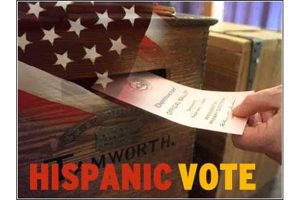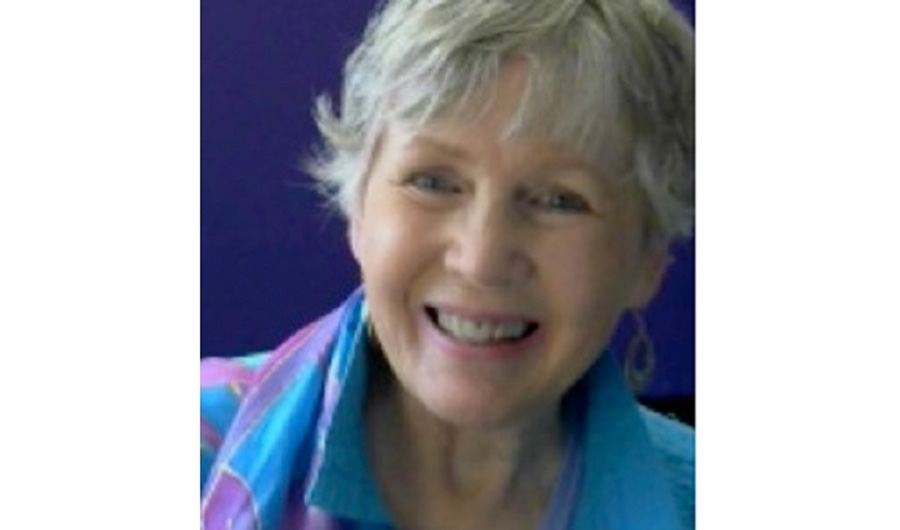Companies like Rolex don’t need a broad consumer base, only a self-indulgent one
By Herbert Rothschild
Years ago, I taught twice in a summer program Louisiana State University ran for promising high school seniors-to-be whom it wished to recruit as students. I began the course on literature by asking them to buy and read three magazines — Argosy, Redbook and The New Yorker.

One of the challenges I posed to the students was to identify the primary audience for each publication. For the first two that challenge wasn’t difficult. The first was obviously for males, the second for females. But they initially struggled to identify the primary audience of The New Yorker.
I remember that one year the issue they read had a piece on industrial pollution of Lake Baikal. None of the students had heard of Lake Baikal, and it hadn’t occurred to them that anyone in the U.S. would want to read about a body of water in Siberia. Being bright and curious, though, they became more interested in it when I told them it was the largest lake in the world, holding about 20% of the planet’s unfrozen fresh water.
After a few more discussions about the contents of the magazine, these teenagers from Louisiana realized that there were people whose mental world was very broad. Perhaps the word “cosmopolitan” arose — my memory isn’t sharp enough to be certain. But I do remember saying that New Yorkers, insofar as the magazine is their cultural expression, aren’t people who live in New York but people who live in the world.
But then, after we had used the editorial content of the magazines to try to identify their primary readerships, I told them that a surer indication was to look at the advertisements. That’s because it’s the business of ad agencies to know where to find the people most likely to buy the goods or services of their clients.
So, what do the ads in The New Yorker tell us about “New Yorkers”?
In the Nov. 3, 2025 issue, there were only five ads, not counting several for products of The New Yorker itself. On the inside front cover and its facing page is an ad for Ferragamo apparel — purses, shoes and slacks. The outside back cover is for Rolex watches. Inside there are ads for Bank of America’s Private Bank, the New York Community Trust, and the clothier Ralph Lauren, which urges its readers to join it in the fight against cancer by donating to the Memorial Sloan Kettering Cancer Fund. Only the ad for the New York Community Trust is smaller than one page.
I cannot remember with specificity the ads that appeared in The New Yorker issues I asked the students to read so many years ago. I do recall, however, that there were far more of them than there are now. Ad agencies are spending much less of their clients’ money on print publications than they used to. Another contrast is that most of the ads that used to populate the inside pages of The New Yorker were much smaller than an entire page.
It was obvious to my students, as they scrutinized the ads, that the readership of The New Yorker was considerably wealthier than the readerships of Argosy or Redbook. Its large ads were for pricey goods and its smaller ads were for not so pricey goods, but there were no ads for items sold in grocery stores. Still, the wealth of the readership then wasn’t as obvious now. As the number of ads in The New Yorker has shrunk, it seems as if the wealth of its readership has concentrated, just as one might concentrate the flavor of a sauce by reducing it on the stovetop.
The advertisers I listed need not get a positive response from a large percentage of the magazine’s 1.25 million paid subscribers. If 25 readers bought a Rolex or one very wealthy family contracted with Bank of America to manage its money, that would probably cover the cost of their ads.
What about those Ferragamo items, though?
The ad consists of four panels, two to a page. Three panels picture portions of a model’s body as they come into contact with the goods, and the panels contain no text. The fourth, however, pictures the entire model seated, a purse on the chair beside her, the slacks on her lap, and one shoe in her hands with many others strewn at her feet. And the text at the bottom of the photograph reads, “She could not bear to choose. And so she chose them all.”
That ad was the one that arrested my attention. What it says is that, like Rolex, Ferragamo doesn’t need a large number of buyers. It just needs buyers who are unstinting in their material self-indulgence.
I don’t know whether there are many more millionaires among readers of The New Yorker now than when I taught those courses. What I do know is that, since then, an extraordinary portion of the wealth of this country has been engrossed by a relatively small number of people. The wealthiest 1% own 1½ times what 80% of us do. And the top 0.1% increased its share of the nation’s wealth from 7%-8% in 1978 to at least 14% and perhaps as much as 18%.
What do people do with so much money? Two of the ads suggest that some of them are philanthropic. Two others suggest that they indulge themselves. (These are not mutually exclusive behaviors.) And one of those latter two ads suggests that, among the self-indulgent, some exercise no self-restraint whatsoever.
Self-restraint is foundational to shared life. To the extent that individuals don’t learn in their families to restrain themselves, the legal order instructs them. But if the legal order also fails to restrain them, collective life deteriorates markedly.
Editorially, The New Yorker has faulted the managers of our legal order for failing to restrain President Donald Trump. But as the magazine’s advertisements indicate, it’s our economic culture, not our political, that shapes such people as he.
Herbert Rothschild’s columns appear Fridays. Opinions expressed in them represent the author’s views. Email Rothschild at [email protected]. Email letters to the editor and Viewpoint submissions to [email protected].




















